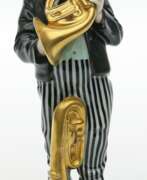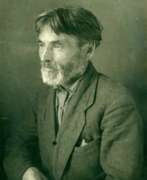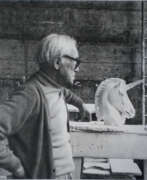Sculptors Monumentalism
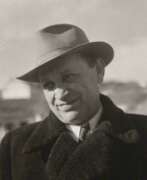

Antun Augustinčić was a distinguished Croatian sculptor born on May 4, 1900, and he passed away on May 10, 1979. His contributions to the art world have cemented him as one of the foremost Croatian sculptors of the 20th century, alongside Ivan Meštrović and Frano Kršinić. Augustinčić is widely celebrated for his remarkable sculptures, many of which are displayed in prominent locations across the globe.
Among his notable works is the Peace monument, which holds a place of honor in front of the United Nations building in New York City. This piece, in particular, serves as a testament to his skill in creating works that encapsulate profound messages and resonate on a global scale. His portfolio also includes the Miner statue, which is another significant piece that reflects his ability to capture the essence of various subjects through sculpture.
Augustinčić's legacy is preserved through the Antun Augustinčić Gallery, which was founded in 1970 in his hometown of Klanjec, Croatia. The gallery was established following his generous donation of his works, and it showcases his artistry and the development of his sculptural pieces over the years.
His educational journey included studies in Zagreb and Paris, and his art has been exhibited in prestigious salons, demonstrating his international acclaim and influence. Augustinčić's works not only reflect his technical prowess but also embody the cultural and historical context of his era, contributing to both Croatian and international art history.
For those intrigued by the legacy of Antun Augustinčić and his artistry, staying updated on new discoveries, exhibitions, and auction events related to his work is essential. Signing up for updates ensures that collectors and art enthusiasts are the first to know about opportunities to engage with Augustinčić's enduring legacy. This subscription is a gateway to exploring the fascinating world of art and antiques, focused exclusively on new product sales and auction events tied to Antun Augustinčić.
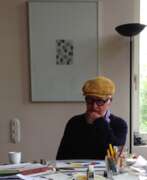

Ulrich Rückriem is a German sculptor known for his large-scale stone sculptures that are often displayed in public spaces. He studied at the Werkkunstschule Krefeld and the Kunstakademie Düsseldorf.
Rückriem's early work was influenced by the Minimalist movement, and he became known for creating abstract, geometric sculptures from raw stone blocks. He often works with granite, basalt, and other types of hard stone, using traditional carving techniques to shape and refine his forms.
In the 1970s, Rückriem began creating large-scale public installations, including his "Stone Alignments" series, which consists of rows of standing stones that evoke ancient megaliths and other prehistoric monuments. His work often engages with the natural environment, creating a dialogue between the man-made and the organic.
Rückriem has exhibited his work in museums and galleries around the world, including the Tate Gallery in London, the Solomon R. Guggenheim Museum in New York, and the Kunstmuseum Bonn in Germany. He has also received numerous awards and honors for his contributions to the field of sculpture, including the International Sculpture Prize in 1987 and the Praemium Imperiale in 2010.
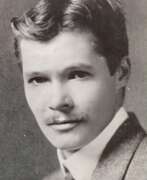

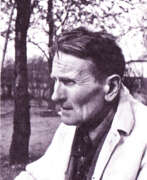

Heinrich Steinhagen, full name Heinrich August Friedrich Johannes Steinhagen, was a German painter, graphic artist and sculptor.
Heinrich began as a self-taught painter with paintings and miniatures in Impressionist and Expressionist styles. He also worked with elements of Cubism and Dadaism and eventually arrived at simplistic monumentality. Steinhagen was a co-founder of the Hamburg Secession and a member of the Hamburg Artists' Association. In 1937, Steinhagen, like many other artists, was persecuted during the Nazi campaign and spent several months in a concentration camp in 1944. This undermined his health and in 1948 he died of lung cancer.
Heinrich Steinhagen's creative legacy amounted to about a thousand works: oil paintings, pen and ink drawings, etchings, watercolors, woodcuts and sculptures in glazed clay, stone and wood.
